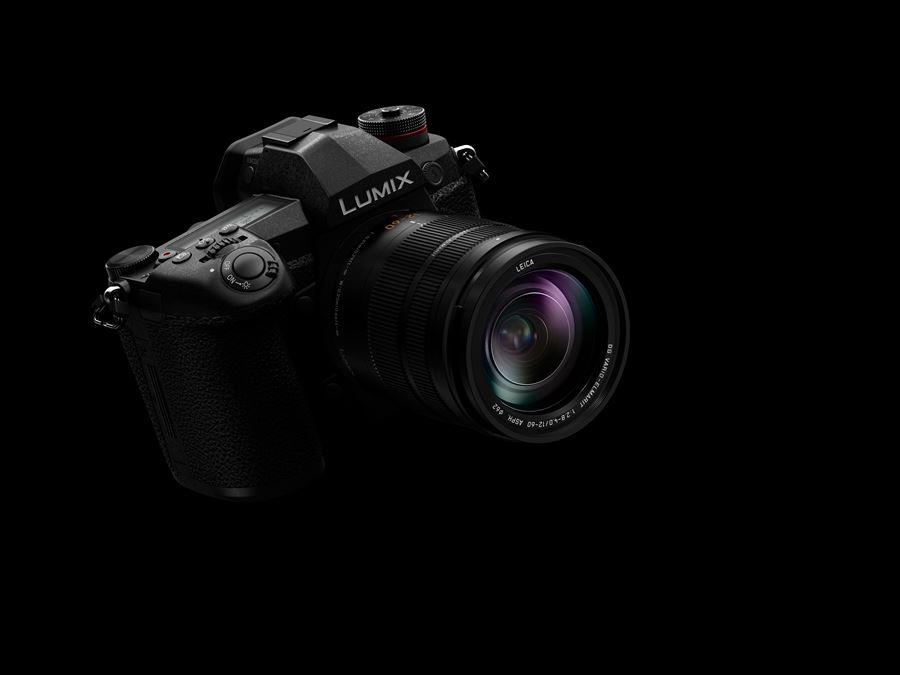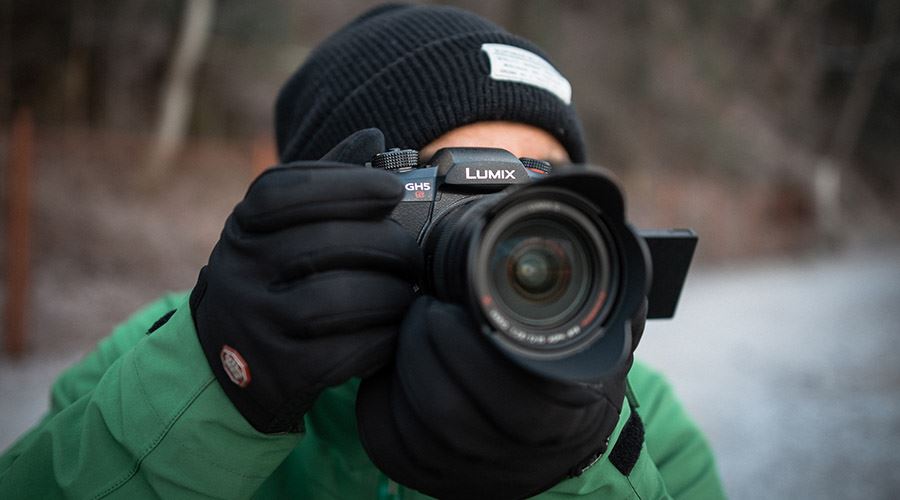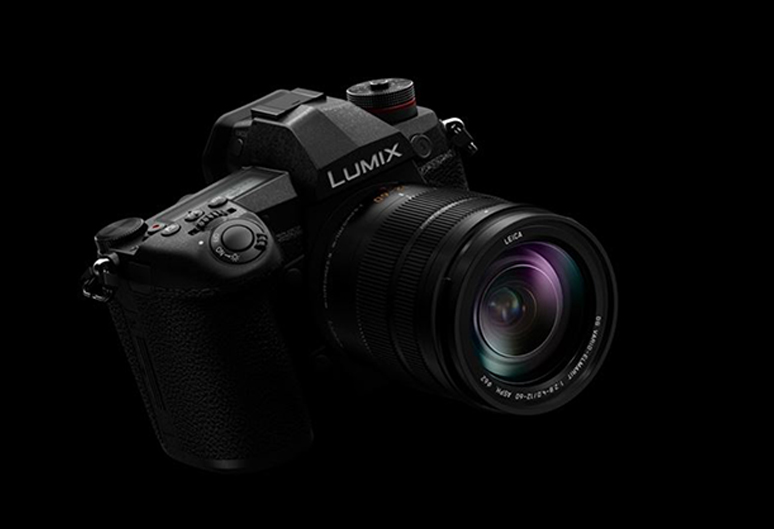In a world of full-frame mirrorless cameras and DSLRs with ever-spiralling megapixel counts, do Micro Four Thirds cameras have a legitimate claim on the professional photographic market? The system that was launched by Olympus and Panasonic in 2008, was an evolution of the original Olympus Four Thirds concept and is still going strong today. New cameras and lenses are continually being released for the system, however, it can be difficult for photographers to get a sense of whether this system is right for their needs.
We’ve put together a quick, contemporary guide to highlight the pros and cons of the Micro Four Thirds system in an attempt to make things a little easier for you.
Like every camera system, Micro Four Thirds has its advantages and disadvantages. Use this guide to figure out how these pros and cons would correspond to your needs as a photographer and/or videographer, and whether that means Micro Four Thirds is right for you…. .

Advantages
Smaller and lighter – This is something Micro Four Thirds cameras have been known for since their inception, but it does bear repeating. Most Micro Four Thirds cameras are significantly smaller than their DSLR counterparts and smaller than most full-frame and APS-C mirrorless cameras. This also goes for the lenses, a Micro Four Thirds telephoto tends to be noticeably lighter than a telephoto for DSLRs. If you’re the type of roaming photographer who needs to carry their gear around a location, this reduction in weight can really add up over the years. The smaller form factor of the cameras also provides an advantage in situations where you want to be unobtrusive, such as wedding or street photography.
Longer focal lengths – The sensor size of a Micro Four Thirds camera provides an equivalent focal length of 2.0x that of a full-frame camera, providing the same field of view as a full-frame lens with twice the focal length. A 300mm lens acts like a 600mm focal length on a full-frame camera. For shooting distant vistas or easily spooked wildlife, this is a godsend, allowing you to achieve focal lengths that wouldn’t be possible on full-frame cameras without spending massive amounts of cash.
Mix and match lenses – The co-operative, collaborative nature of the Micro Four Thirds system is something we’d like to see more of as it’s so useful for photographers. Panasonic Lumix users can snap up the latest Olympus lens, stick it on their camera and start shooting, and vice versa. No adapters, no fiddling – it just works. How nice would that have been during the great Canon vs Nikon wars of the 1990s, eh?
Unique technological innovations – All cameras have their individual quirks, flairs and features that make them worth buying. It’s worth taking a detailed look at Micro Four Thirds cameras to see if they suit your photographic preferences. Panasonic Lumix cameras, for instance, come equipped with 4K Photo modes that allow the user to extract 8MP stills from 4K footage and the flagship GH5 even ups this to 6K Photo. Before deciding on your system, it’s worth looking into whether the camera you’re eyeing up has interesting features that might find their way into your workflow.
Comparatively lower cost – Again, it’s all relative. But in general, you’re shelling out significantly more cash for full-frame DSLRs, large-sensor mirrorless cameras and their paraphernalia than you will for a Micro Four Thirds system. If budget is a concern, this is worth considering.

Disadvantages
Small sensors means inferior low-light performance – The nature of the Micro Four Thirds standard means that its models are wedded to a specific size of sensor, across all of the models which use the system. There’s no getting around the fact that it is a smaller sensor than full-frame or APS-C. This confers some advantages, such as the crop factor mentioned above. However, it also means the cameras are unavoidably poorer in low-light, with inferior dynamic range compared to their larger-sensor counterparts. In most lighting situations the cameras will cope just fine, but if you’re regularly going to be shooting in situations that require the use of high ISOs, this could well be a deal-breaker.
No optical viewfinders – Electronic viewfinders are getting better and better, to the point that many photographers will happily say they prefer them. But, they still cannot quite match the ‘in-the-moment’ immediacy of an optical viewfinder and this is something Micro Four Thirds cameras will not provide.
Weaker autofocus (for stills) – This is a gap that is closing, with Micro Four Thirds manufacturers having done a lot of work on their autofocus systems. However, if this is an important feature for you, autofocus on DSLRs will still be reliably superior when it comes to stills shooting faster and more accurate. This situation may change in a few years, but hasn’t got there yet.


